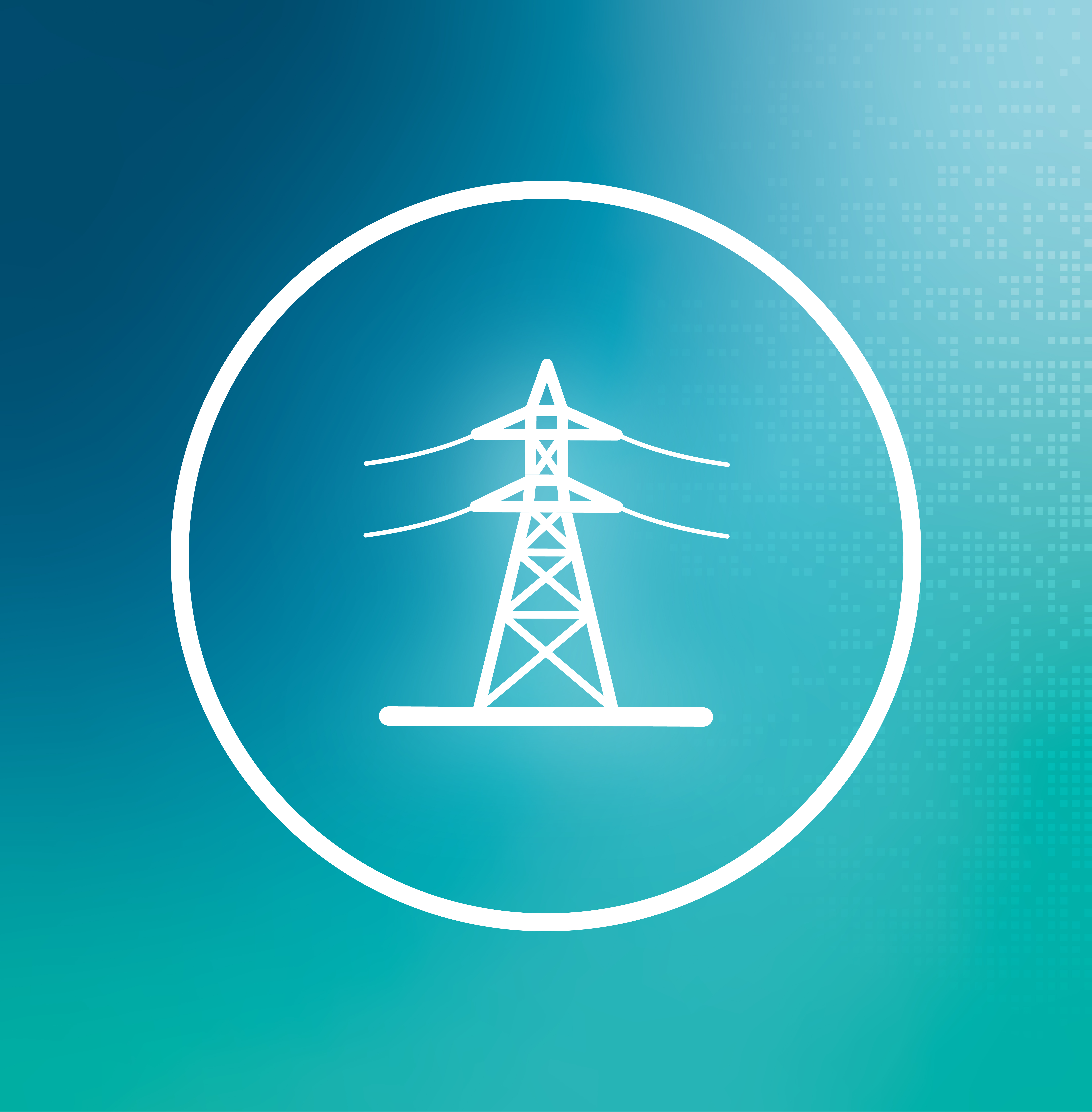Efficient. Environmentally Friendly. Sustainable.

Buildings are among the largest consumers of resources throughout the world. Construction therefore has to be the point of departure if fossil fuels are to be saved on a long-term basis and negative impacts on the environment are to be reduced.
Intelligent Energy Concepts
The potential to save energy can only be fully leveraged when a suitable energy concept already exists in the planning phase. This applies to the renovation of older structures for energy efficiency just as much as to the construction of new buildings. Exact and efficient evaluation of the status of existing buildings is necessary in order to be able to plan the necessary measures and realize them in a targeted manner. In particular the complex interactions between the building's energy requirements and the energy efficiency of the building technologies used have to be taken into account and an optimum interaction of the passive and active components has to be found.
Energy Efficiency
The substantive focus areas within the Building Innovation Alliance include the further development of regenerative technologies in the areas of solar energy supply with photovoltaics and solar heat, solar heating and cooling, combined heat and power (CHP) and combined heat-power-refrigeration, heat and cold storage, sorptive systems and building-integrated solar and HVAC technologies. The use of biomass to generate heat improves building CO2 balances and is being optimized in the Building Innovation Alliance, along with energy management and building operations management. Here the Fraunhofer facilities do not limit their scope to individual buildings, they also formulate supply strategies for entire cities and housing developments.
Resource Efficiency
The research and development activities of the Fraunhofer Building Innovation Alliance support the conservation of valuable natural resources in highly diverse ways. In addition to increasing material efficiency, the development of construction materials from renewable resources and secondary raw materials is also a focus topic. Material substitution and increasing long-term service life are important research topics in this context. The recycling concepts of the Building Innovation Alliance are concerned with the reclamation of construction materials and with reusing water by means of central treatment. Materials characterization for recycling is also one of the skills of the Alliance institutes, in addition to recycling facilities and processes, treatment and cleaning of polymer materials and composite materials. Comprehensive accounting (Ecological impact report, LCA, EEA, LCC, mass flow and material flow analysis), product and environmental qualification as well as planning and operational optimization of commercial and industrial buildings round out the resource efficiency portfolio.
 Fraunhofer Building Innovation Alliance
Fraunhofer Building Innovation Alliance